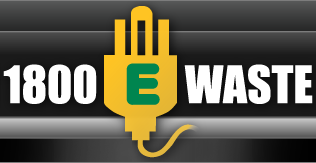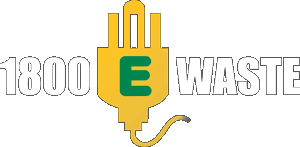As a developed country, Australia’s E-Waste statistics are surprisingly shocking.
E-Waste encompasses all old technology, cluttering your home, garages and landfill, either in a state of disrepair, obsolete, or simply something that has been replaced by its newer, shinier model.
This includes microwaves, mobile phones, computers and everything in between.
Unfortunately, as technology continues to improve, advance and be replaced at an exorbitant rate, the statistics continue to climb.
Computers are considered to be the most frequently upgraded electronic device and as such contribute greatly to the disastrous E-Waste statistics.
Within Australia, 500,000 computers were recycled in the year 2006.
While this may at first seem like a great figure, compare it to the 1.6 million simply thrown away, 1.8 million in storage and 5.3 million simply sitting unused on shelves and gathering dust. Add to this the estimated 2.4 million new computers Australians are estimated to buy each year and you get just a slight insight into the E-Waste pandemic.
Consider how much computer equipment you have within your home; personal computers, old and new, working and broken, printers, laptops, scanners, keyboards, speakers and the list goes on!
It is easy to demonstrate how such buildup could occur.
Considering electronics in general, Australian homes each contain an average of 22, including appliances, video game consoles, telephones and computers.
Again, consider your own home. Add up the amount of TV’s, VCR’s, DVD players, phones, fax machines, microwaves, phones, video game consoles and computers you have in use, and those you may just have sitting around unused.
When you decide to get rid of these things as they break or get replaced, how will you dispose of them?
Will you let your technology become another E-Waste statistic?
Nevertheless, perhaps the most significant electronic product currently and in the near future being discarded as E-Waste will be televisions with the onset of digital signals and removal of the analog signal.
Australia has already begun advertisements outlining the 2010-2011 deadline for our own signal to turn permanently digital, ensuring that starting even now and continuing for the next few years, the rate of analog TV sets becoming obsolete and turning into E-Waste will jump significantly.
This means that while many would have simply purchased digital set top boxes for their existing televisions, those who can afford it will most likely replaced their old television with a new digital one.
Lastly, it is important to note that electronic waste now encompasses the largest portion of waste disposed not just in Australia but worldwide.
Bearing these facts and statistics in mind, it is important to focus on the correct disposal of E-Waste in order to create the least impact on the environment.

